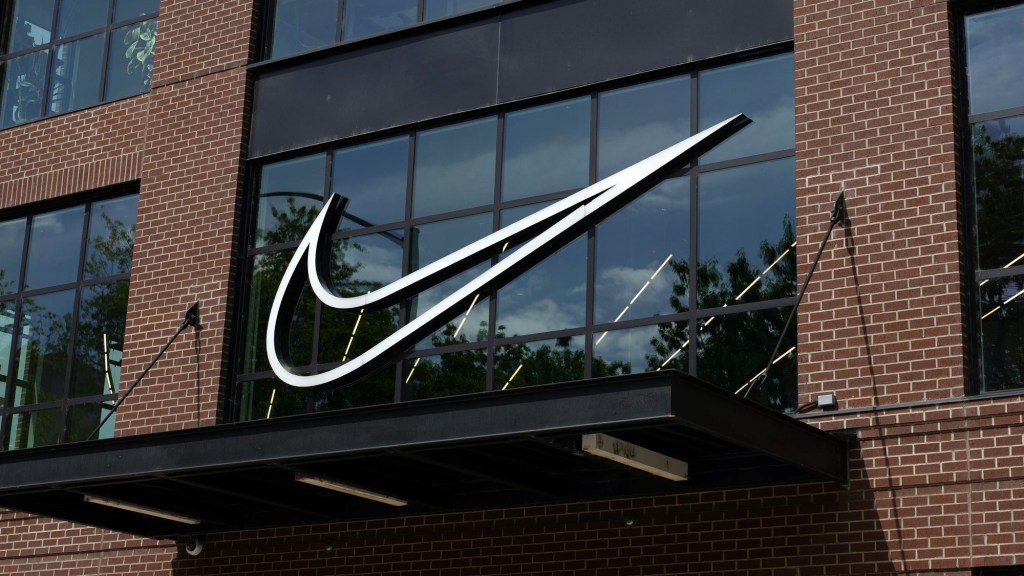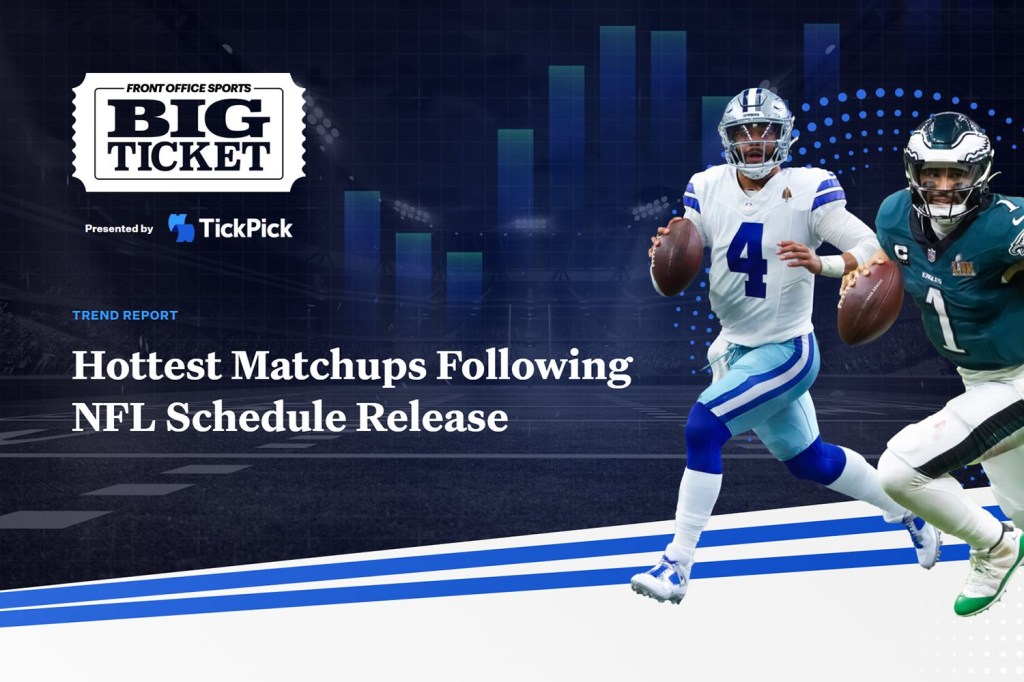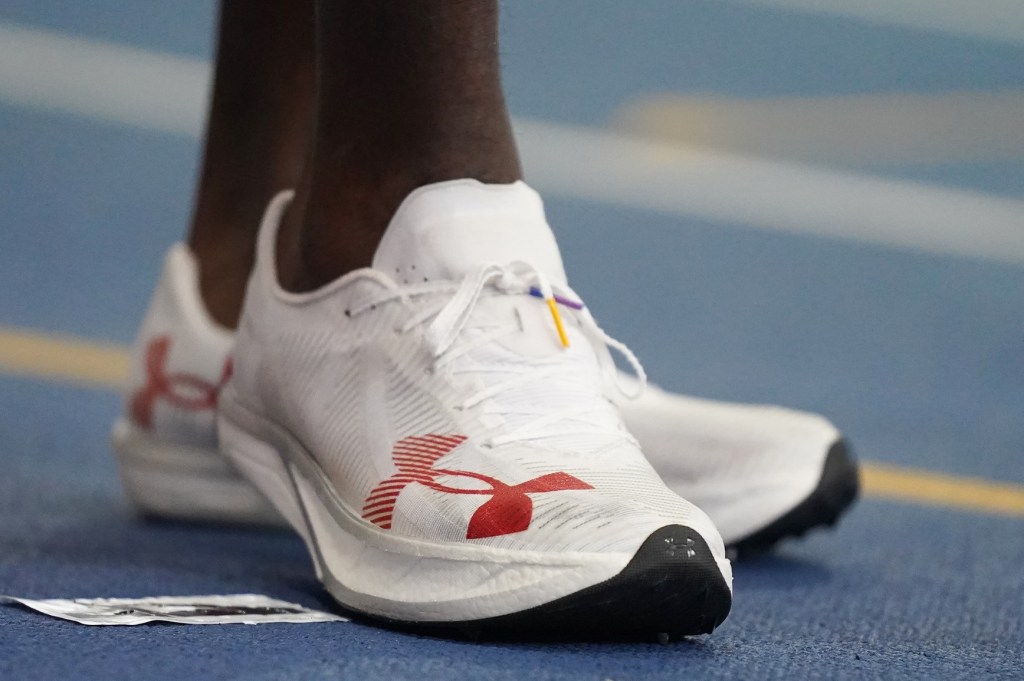It’s nearly impossible to follow the news right now without hearing about supply shortages, shipping delays, port congestion, and myriad other supply chain buzzwords.
This year, more than ever, we’ve witnessed firsthand the interconnectedness of the global commerce system. The same system that allows for a pair of Jordans to be shipped from Dongguan, China to rural Pennsylvania with one click has also caused the cost of a 40-foot shipping container to skyrocket from $2,000 to $25,000.
The system — once thought of as perfectly efficient — is now being stretched to its limit.
Sports endemic companies have not been immune:
- Nike could lose up to 160 million pairs of shoes due to factory closures in Vietnam, which normally supplies around half its shoes.
- Puma advised customers to shop early for Christmas as supply bottlenecks and manufacturing disruptions would mean a shortage of its products well into 2022.
- After a surge in demand and difficulty supplying customers, Peloton has seen its deferred revenues (collected before a good or service is actually delivered) increase from $99 million in Q1 2020 to $611 million in Q2 2021.
- Apple left a potential $6 billion on the table due to a limited supply of semiconductor chips that affects everything from iPhones to Apple Watches.
- Though Titleist parent Acushnet announced a 108% increase in sales in Q2 2021, CEO David Maher expressed concerns to shareholders about various levels of disruption in the supply chain leading to an 18x increase in wait times for custom orders.
- Amazon, increasingly focused on fitness and sports media rights, generated $110.81 billion in revenue in the third quarter, missing Wall Street estimates of $111.6 billion. The reasons cited included global supply chain disruptions.
The phrase “supply chain” was mentioned 3,000 times on investor calls for S&P 500 companies in Q3.
How Did We Get Here?
In order to understand the current predicament, it’s important to understand where we came from. From a macro perspective, there are two concurrent factors that drove up demand and simultaneously constrained supply.
As companies idled production in the beginning of 2020 — anticipating an overall slump in demand — they were met instead with a global pandemic that shuttered individuals inside and prompted them to spend on physical goods rather than services.
Manufacturers have been slammed with orders for their products ever since.
The Golden Ratio
Now, consider the interplay between business inventory and sales. In economic circles, it’s known as the Inventory Sales ratio and reflects the relationship between manufacturing inventories and trade inventories versus sales. The ratio is currently hovering around its all-time low.
From an efficiency standpoint, the low ratio is technically a good thing, indicating that businesses are able to efficiently turn over their product.
In practice, however, it is more indicative of a mismatch between supply and demand with many consumers not having the level of choice they are used to.
Location, Location, Location
Back in 2018, when the U.S.-China trade war tariffs were first imposed, some companies shifted production out of China to avoid tariffs and moved their factories to places like Vietnam.
The result? Not pretty.
Covid, and particularly the Delta variant, hit all of the major manufacturing hubs in Vietnam, leading to factory shutdowns and halts in production. Consumer product companies have experienced reduced revenues and increased headaches as a result.
In a full reversal from the attempted trade war arbitrage — moving manufacturing out of China and into non-tariff impacted countries such as Vietnam and Taiwan — companies are now seemingly willing to eat the extra costs to ensure their goods get delivered.
In its September earnings call, Nike CEO John Donahoe, stated that 80% of shoe factories and 50% of apparel factories in Vietnam and Taiwan were closed which, at the time, represented 10 weeks of lost production.
The proposed solution? Moving operations back to China.
Solutions at Home
Some companies are taking a more domestic approach.
In February, with mounting delays due to orders being stuck at port for five times longer than usual, Peloton announced that it had increased its manufacturing supply by 6x. Increased supply, however, was not enough to stem the supply issues.
- In a February 2021 letter to shareholders, CEO John Foley stated that Peloton would be investing $100 million in air freight and expedited ocean freight to help speed up deliveries.
- It also spent $420 million on acquiring Precor, a U.S.-based exercise equipment company. Precor has two U.S. manufacturing facilities, both of which will be utilized to manufacture Peloton products.
- The company invested an additional $400 million in an Ohio factory it’s calling “Peloton Output Park.” The factory should, in theory, help Peloton reduce its costs over the long run.
While spending capital on logistical infrastructure is commendable, the track record for companies bringing overseas manufacturing back home is mixed at best.
Looking to the Future
So, where do we go from here?
In some respects, we are already on the road to recovery. With society crawling toward a new normal and companies having new infrastructure in place to maneuver some of the complexities of the supply chain, there does appear to be light at the end of the tunnel.
Nevertheless, the past 18 months did highlight the need for change, whether it was Peloton shifting some of their production back to the U.S. or companies opting to change their foreign manufacturing centers — and we can expect to see more adjustments.
- Steve Lamar, CEO of American Apparel & Footwear Association, stated this month that retailers are looking to shake up the supply chain, with many staking out suppliers in Central America or Africa as part of a “generational sourcing shift to diversify their supply chains.”
- The short-term solution will likely require significant capital investment on expedited shipping and moving manufacturing out of areas heavily impacted by Covid.
The future may bring about an entirely new approach to logistics.
We could see new regions build out vast manufacturing and distribution centers and the ubiquitous “Made in China” sticker might even become a thing of the past.

















